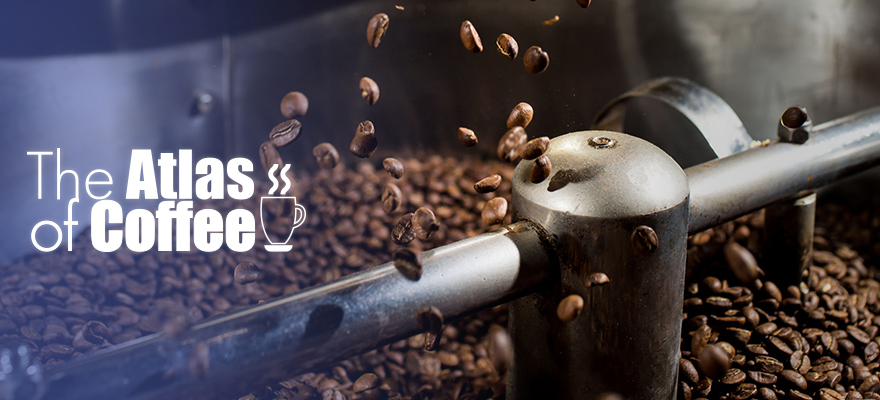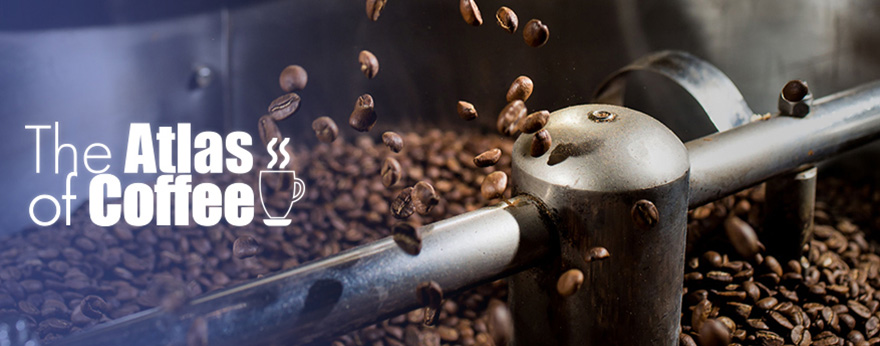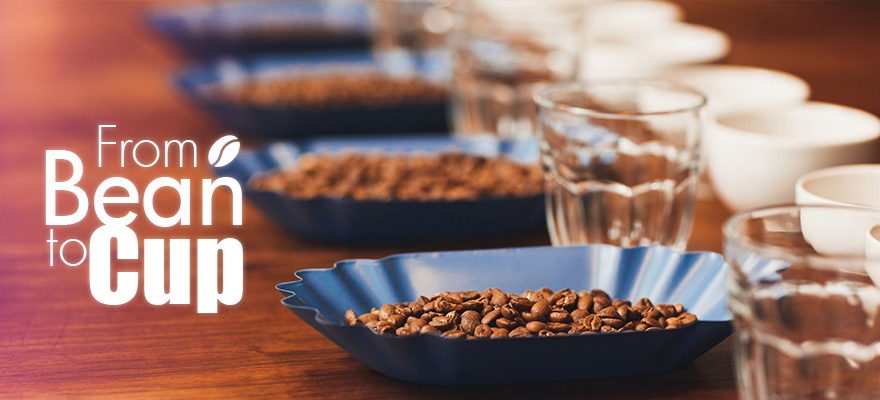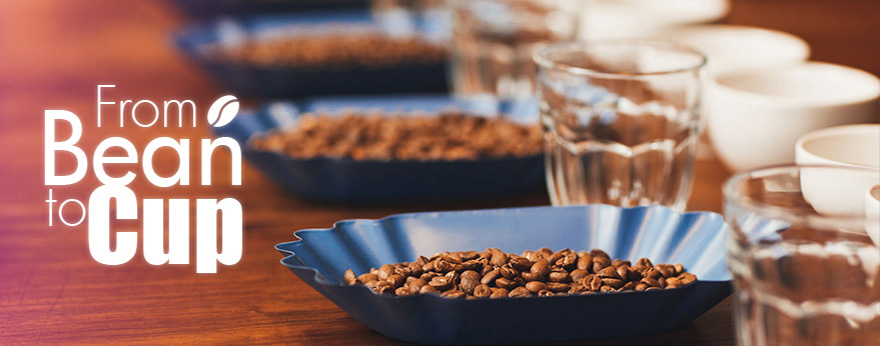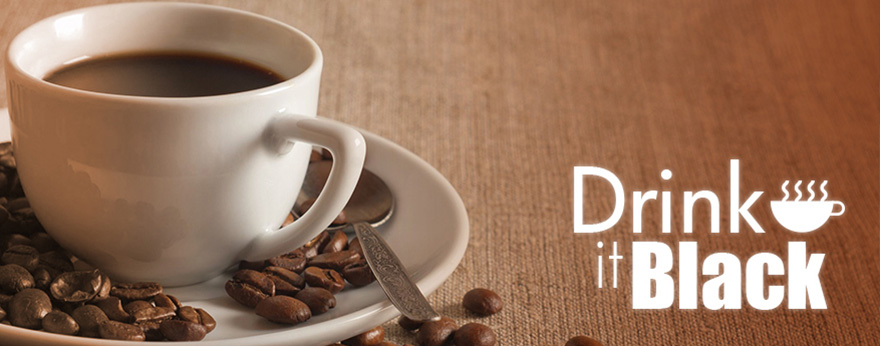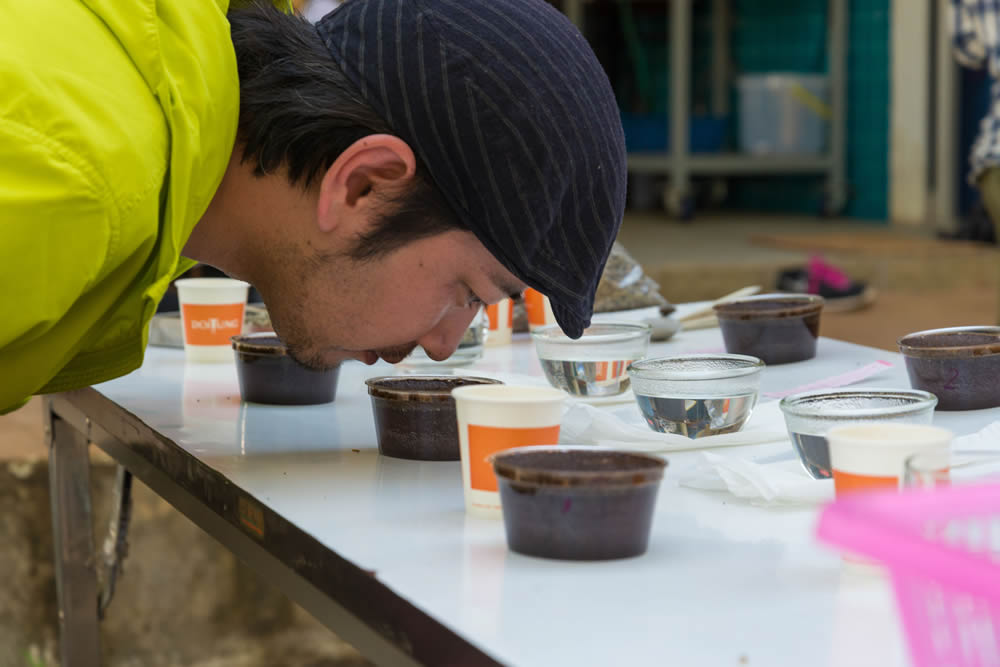Coffee Growing Regions
There are three major coffee growing regions in the world. Mainly situated between the Tropic of Cancer and the Tropic of Capricorn, and in the tropical regions near the Equator, they comprise what is commonly called the Coffee Belt. As the soil, climate and plantation methods vary between the regions, the coffee beans produced in each region are also distinctive.
Africa is known for producing high quality coffee beans of diverse flavours including berry, vanilla, mandarin orange, floral, lemon and chocolate with a unique body.
Ivory Coast
Some people call it the world’s third largest coffee producing country after Brazil and Colombia, and it ranks first in the world in the production of the Robusta species. Plantations are mainly located in the south, producing medium-sized coffee beans of the Robusta species.
Ethiopia
Ethiopia is a traditionally agricultural country that has been nailed as the home of coffee. Kaffa, which was a province on the southwestern side of Ethiopia, is regarded as the birthplace of the name ‘coffee’. Sidama, which is located in the south, is a major region of coffee production. The Harar highlands of Eastern Ethiopia are also as well-known as the ‘Harar’ coffee.
Yemen
Some people believe that coffee was introduced to Yemen by the Ethiopians, and the country became the base from which coffee spread to the rest of the world. It is because Yemen is the place of origin of the Arabica specie, and it has risen to fame for its production of the mocha coffee.
Coffee plantations in Latin America are mainly located in countries across Central America, South America and North America, and in Mexico in North America. Coffee beans produced in this region are generally processed by the fermentation method and are known as ‘washed coffee’. The coffee has a balanced and mild body, fresh acidy tastes, as well as enticing and finely balanced flavours of cocoa and nuts.
Mexico
Coffee plantations in Mexico are centred in the southern parts of the country near Guatemala. There are mountain ranges running across the region from both the east and the west, where the slopes are excellent sites for coffee plantation. A variety of coffees are produced in this region, including Pluma Coixtepec, which is regarded as the highest quality in Mexico; and Altura Orizaba and Altura Huatusco, which are of high quality. Ranging from small, medium to large in size, the coffee beans are generally of fine appearance and aromas.
Jamaica
Jamaica is a Caribbean island country, and the majority of its coffee plantations are located in the slopes of the mountain ranges running across the island. The famous Blue Mountains rise northeast of the country’s capital Kingston; the glorious mountain range is an ideal region for coffee growing, and the exquisite Blue Mountain coffee is named after the mountain range with a staggering 2256-metre summit. The large-sized beans are of good quality and balanced tastes, embodying an intricate mix of acidy, bitter, aromatic, rich and sweet flavours. Universally recognised as the world’s premium coffee, it often comes with a finely made stamp and certificate by the coffee plant. For export, the coffee beans are stored in a large barrel resembling beer barrels, and their grades include NO.1, NO.2, NO.3, , and others.
Brazil
Brazil is the world’s largest coffee producer and exporter. There are about 10 states engaging in mass production of coffee, and each state has its own grading systems to ensure stable quality. Among all productions, Santos No. 2 and Screen No. 18 are of the best quality.
Colombia
Colombia is the world’s second largest producer of coffea Arabica after Brazil, and the country’s best known coffee is Colombian Mild. The large-sized, pale green beans embody a full body with unique flavours either as a single origin coffee or blend.
Coffee beans from this region carry rich flavours and a deep, earthy texture. Climate and geographical conditions vary between the Indonesian islands, Timor-Leste, South Asia, and Papua New Guinea. While coffee beans from Timor-Leste and Papua New Guinea are fully washed, coffee beans from the other regions are generally semi-washed. Coffee beans from the Indonesian islands of Sumatra and Sulawesi have aromatic and balanced flavours, which makes them a favourite of many customers. Coffee beans from Papua New Guinea have nuanced notes of herbal nd an elegant body.
Indonesia
Coffee growing regions in Indonesia are centred in the islands of Java, Sumatra and Sulawesi, with the Robusta species taking up 90% of the coffee production.
The Java Island produces a small quantity of the Arabica species. The small-sized coffee beans are of good quality and carry an acidy taste. The Arabica species from the island was once a world-class premium coffee; however, it suffered a major scale infestation in 1920, and the island’s coffee growers switched to the Robusta species. Today, Robusta coffee beans from the island are considered the best in the world. The slightly bitter ‘Java’ with a strong character is widely used as a blend.
The Sumatra Mandheling is a rare variety of the Arabica species, and the coffee beans are of a relatively large size. However, any flaws in the production management or roast are instantly reflected in the coffee beans, for which the coffee often receives criticism. Nevertheless, it was once considered a premium coffee before the emergence of Blue Mountain coffee, as it entices with a rich texture of oriental touch and a syrupy smooth body. Today it is still a favourite among many coffee drinkers.
India
The southwestern state of Karnataka is the country’s major coffee growing region, and the coffee beans produced are of a large size. Coffee beans from the southeastern state of Tamil are of a small size, and yet they are the premium among Indian coffees.

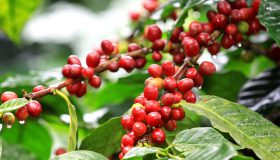
Join ISCC
Our Institute’s mission to cultivate the specialty coffee culture in Hong Kong.……………………………………………………. ………………..
Specialty Coffee
According to Specialty Coffee Association of America (SCAA), specialty coffee is hailed to be gourmet or premium coffee.…………………………..
Coffee Cupping
Similar to wine tasting, coffee cupping is the evaluation of coffee quality by such objective standards as sweetness, acidity, bitterness, aftertaste and aroma.





